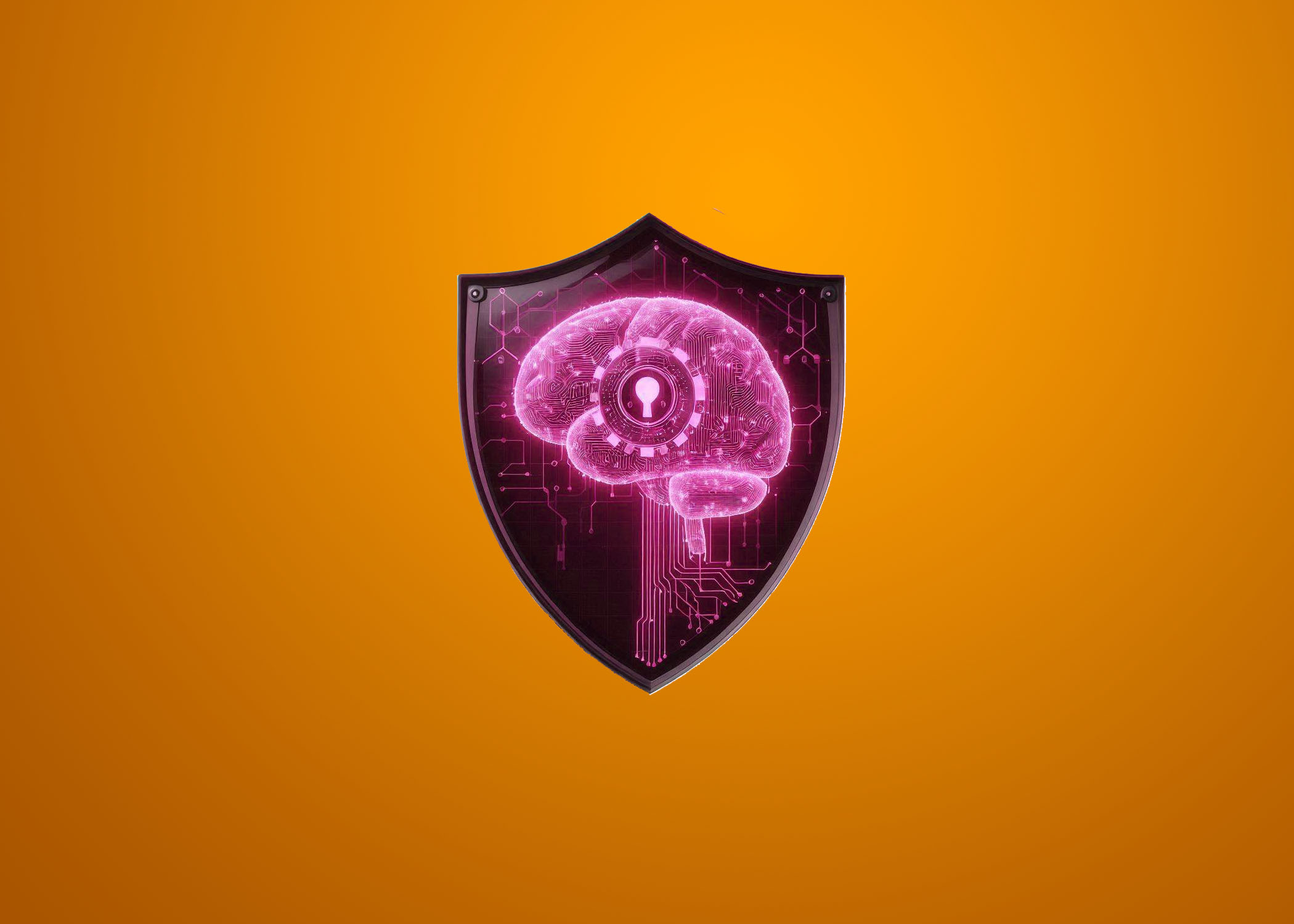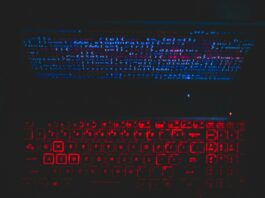
Today, a cyberattack occurs approximately every 39 seconds. Cybercrime varies from phishing to ransomware, each with devastating results.
In 2024, cybercrime is projected to cost $9.5 trillion. With AI aiding attackers in more sophisticated methods, this cost will rise.
What does this mean for businesses? How are they defending against AI-powered cybercrime?
RiverSafe’s report surveys UK CISOs on their current challenges. Here are key takeaways to prepare for AI-driven cyber threats.
AI’s Impact on Cybersecurity
One in five CISOs identifies AI as the top cyber threat. AI tools enable faster, larger-scale attacks.
According to the National Cyber Security Centre (NCSC), AI is increasing the frequency and impact of cyberattacks, including ransomware.
AI modifies common attacks, making them harder for cybersecurity measures to detect. For instance, AI morphs malware to evade antivirus software, continuously creating new variants.
AI also bypasses firewalls by mimicking legitimate traffic and enhances social engineering, such as phishing and deepfakes.
Minimizing AI Misuse Risks
Employees can unintentionally misuse AI, increasing data breach risks. One in five security leaders reported breaches from employees using AI tools like ChatGPT.
Generative AI tools are popular for their ease of use, but employees often overlook data security. In 2023, ChatGPT had a major data breach, exposing payment details.
Some companies have banned generative AI tools, but education and policies are better long-term solutions to safely harness AI benefits.

Insider Threats
Seventy-five percent of respondents see insider threats as a bigger risk than external threats. Human error, often from ignorance or mistakes, is hard to defend against.
Insider threats come from employees, contractors, third parties, and anyone with system access. Yet, 64% of CISOs say their technology is insufficient to protect against these threats.
Insider incidents have spiked by 47% in five years. Digital transformation and complex IT environments make security more challenging. Digital supply chains also expand attack surfaces, with partners causing up to 25% of insider incidents.
Revamping Cybersecurity Policies
To mitigate AI-driven threats, businesses need updated cybersecurity policies, best practices, and employee training. Old strategies are inadequate against modern AI-fueled attacks.


